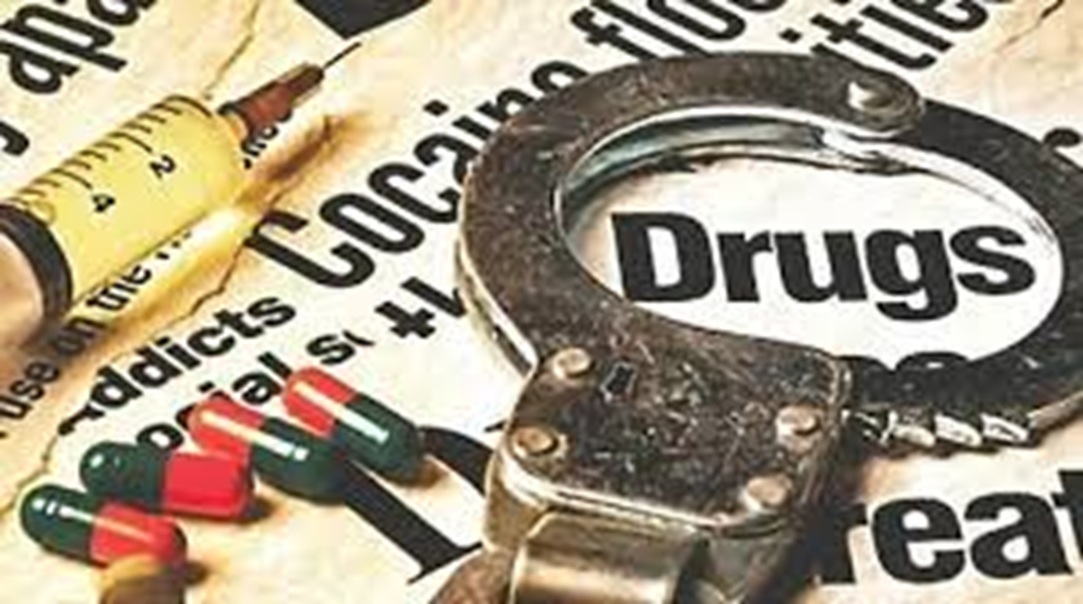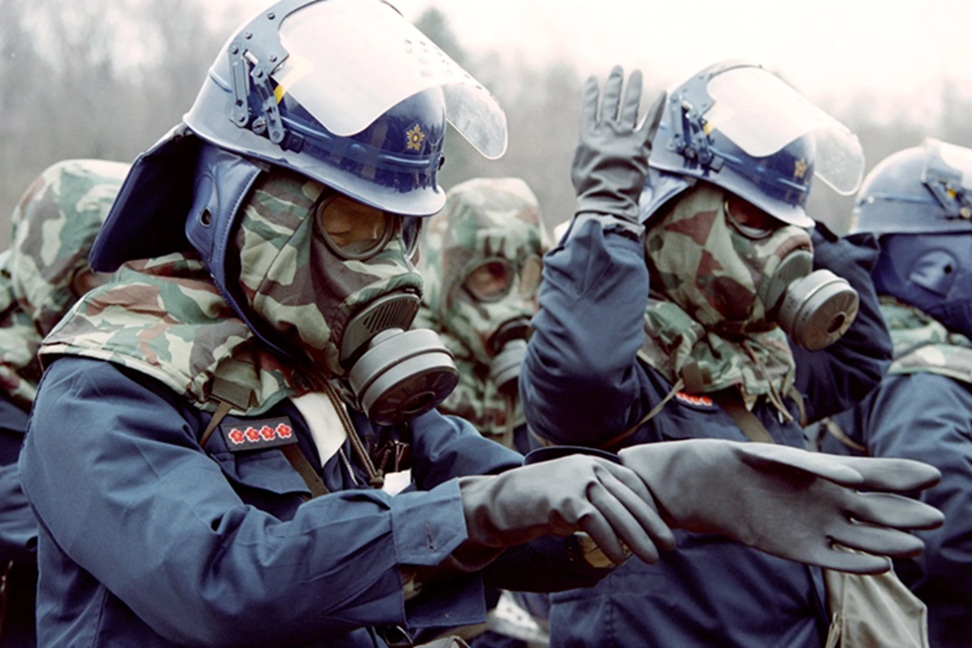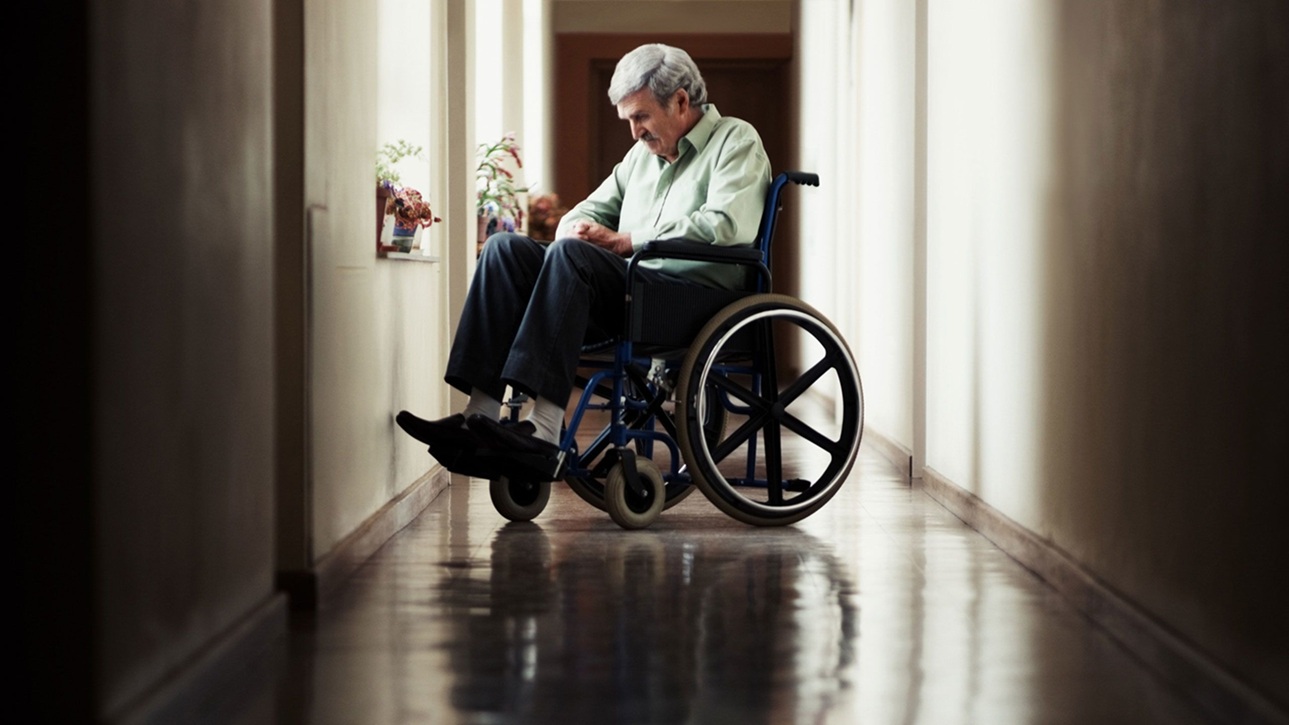An 11-year-old girl tragically died of Sudden Cardiac Death (SCD) while playing at school in Indore, as per a news report last month. Sudden Deaths are becoming fairly common in India nowadays. The exact cause of death can only be detected by an autopsy. Reports on the cause of death are also available for public consumption. We can explore the research articles on autopsies as a reference here.
Sudden Death
Sudden Deaths can be defined in various ways. These are due to non-traumatic (non-accidental) causes in which there is, apparently, no known cause of death. Thus, suicides, poisoning, cancers, chronic diseases and infections are excluded. The death may occur with or without a witness. The period after a person collapses and remains unconscious before being declared dead may vary from 1 to 24 hours. ‘Young’ persons include adults of both sexes from age 18 to 40 years.
Why Focus on Sudden Deaths of Youths?
Young people are always a source of hope for families and society. In India, they are a support to parents. Those who have married or have small children would pose a challenge for their families after their death. Death from an unknown cause in a young person puts fear in other siblings, cousins and friends who generally have the same habits or hobbies. These may include sports, gym exercises, dance, swimming or running. Issues of genetic or other familial diseases are also raised. The death of youth is a big loss to the community as well as to the nation.
Sudden Cardiac Deaths (SCD)
Causes of SCD (Sudden Cardiac Death) in young people can only be found by autopsies in cases of sudden death. There are no autopsy-based large-scale studies from India, as autopsies are not conducted as per international norms. As per the law, all medico-legal cases (including sudden deaths) need an autopsy. However, no national or state-wise data is available for the accurate diagnosis/ cause of death.
Yes, an autopsy in cases of poisoning, accident, murder and suicide may be conducted with seriousness as these are legal matters. In most other cases, the cause is left as unknown or just cardiac failure. Autopsy-based studies are now being reported by researchers at certain hospitals. These may not be a representation of the country at large, but indicate major causes of sudden deaths.
Statistics
Though no accurate data is available, various studies suggest that sudden deaths in young people range from 0.8 per 100,000 to 6 per 100,000 population. Cardiovascular Diseases cause the highest sudden deaths. Most of the sudden deaths in young people are ascribed to issues related to the heart and are labelled Sudden Cardiac Deaths (SCD). These are estimated at 4.5 million deaths. Thus, there is a need to dig deeper into the kinds of diseases and their basic causes so that preventive measures can be outlined for the young.
Autopsy Reports from KEM Hospital, Mumbai
KEM Hospital, Mumbai, with 2250 beds, is one of the largest hospitals in India. It caters to 18 lakh patients (outdoor) annually and provides indoor care to 85,000 patients. Being funded by the Greater Mumbai Municipal Corporation, low-cost treatment is given to all. Thus, the clientele is cosmopolitan and belongs to the middle and lower classes of the city. Thousands of dead bodies (Found Dead) are brought every year. Autopsies of sudden deaths due to unknown causes, as well as some of those who died in the hospital, are conducted. One doctor, who was conducting autopsies of patients suspected of cardiovascular deaths for the last 30 years, spoke about his findings. This study is important for two reasons. First, it is the only study with such a large number of cases. Second, Mumbai’s population represents a mini-India as poor people from all over the country come to find work here.
Highlights
As per a newspaper report, Dr Pradeep Vaideeshwar said that in the 1990s, deaths were due to Rheumatic Heart disease. This disease is now less seen due to easy treatment. From around 2005 onwards, fatty and fibrous deposits (atherosclerotic plaques) formed in the blood vessels of the heart (coronary arteries). For around 10 years, these deposits, seen earlier in those above 50 years of age, were increasingly seen in those in their 40s. In the last decade or so, not only atherosclerotic deposits but signs of previous heart attacks (healed scars on the heart muscle) are being seen in those who are in their 30s, many in their 20s. These young people may have had some signs of minor heart attacks, like sweating, fatigue or even chest pain, but had been ignored as high stress or indigestion. However, these are indicators of a silent, deadly disease already inside the bodies of young Indians. Dr Pradeep further said that many autopsies in young, revealed the onset of hypertension and diabetes too. He also said that evidence of myocaditis due to viral infections/ vaccines (like COVID) was not seen in his series of autopsies.
Limitations of KEM autopsies.
The autopsies are of selected cases and cannot be taken as research-based. Most of the regular autopsies in KEM hospital, as well as in other hospitals in India, report that in about one-third of cases, no cause has been found. This is, although the individual just before death complained of chest pain or breathlessness or was sweating profusely before death. These SCDs were labelled as due to arrhythmias. (electrical defects in the heart).
Autopsy Reports from Abroad
A large international study last year reported that the major cause of SCDs in those below 35 was due to rhythm dysfunction of the heart (arrhythmias), and in those above 35 was due to atherosclerosis. Other causes were due to congenital malformation in the smaller arteries of the heart or the major artery, the aorta. Structural malformation, including valves, was also seen. Thickening of heart muscles or Hypertrophic cardiomyopathy was also seen. Myocarditis has been observed in some who had taken mRNA vaccines.
Autopsies of young sportspersons and recruits undergoing strenuous training revealed anomalies in the smaller blood vessels of the heart as a major cause. Hypertrophic cardiomyopathy was seen in those who had been doing strenuous exercise for a long time. But why do arrhythmias occur in some? Why do some have atherosclerosis? How can we detect abnormalities in the heart, its muscles or blood vessels? These are basic questions which need answers.
Depending on the quality of the autopsy and the age of the deceased, one-third to one-half of autopsies may not reveal any abnormalities. Furthermore, why is it that in certain cases the arteries of the heart, brain, or the major aorta have defects for which something may be done? Why are young people, especially Indians, suffering from atherosclerosis? Why do some people who die from road accidents also have blockages in their arteries but were never sick enough to go to a hospital? Seen as a percentage of the total numbers, more young doctors die compared to other professionals. On average, doctors live 10 years less than the national average.
Basic Causes for SCD
The basic causes are:
- Genetic diseases, as well as diseases present at birth (congenital), which lead to either malformation of arteries or heart valves & muscles, some arrhythmias, and some rare diseases are responsible for several SCDs. Many people from this group may grow up without major symptoms. However, due to high emotional or physical stress, they may succumb suddenly. In some cases, early onset of hypertension and diabetes may occur if the lifestyle of the individual is faulty.
- Coronary artery disease. The disease of middle age has become quite common in the youngsters in India due to lifestyle measures as listed below.
- Lifestyle. The single most important factor has numerous different components. The important ones are:
- Stress. Very high mental or physical stress in a short period of time or continuously over a long duration.
- Inactivity, Obesity, and High cholesterol – LDL and lipoprotein (A) are being implicated as factors of SCD.
- Alcohol, Drugs and Tobacco. Binge drinking can cause death in the young. Certain drugs like cocaine, smoking and others may trigger a cardiac event by inducing arrhythmias.
- Environmental factors such as very high air pollution. Exposure to chemicals/ pesticides. The role of microplastics is also under study.
- Viral infections of the heart – Myocarditis.
- Previous history of heart attack, heart failure, angina pectoris, and brain stroke are common factors which may lead to SCD.
- Sickle cell crises occur in some cases of sickle cell disease.
- Unknown, the largest group is being seen as due to arrhythmias and spasms of the coronary arteries. In these cases, there may be a very short window between symptoms and death. Even an autopsy of the person/ heart does not reveal any abnormality. These conditions can be genetic or induced by alcohol, some medicinal drugs, cocaine, smoking, high stress, extreme cold, electrolyte imbalance, or certain other medical conditions.
Prevention of SCD
As seen above, there are a large number of causes. Prevention can be done in two stages:
1. Prevention, before the onset of any disease, which can lead to SCD. This can be done by taking certain measures listed below:
- Measures for genetic and congenital causes which lead to SCD. While it is not easy to prevent, parents can reduce the risk of their newborn having such defects/ diseases. If either of the would-be parents has a family history of SCD, hypertension or diabetes, they need to seek genetic counselling. Other measures start at the time of pregnancy. Mother’s diet shouldn’t be deficient in Folic Acid. She needs to avoid harmful drugs, alcohol and tobacco. The mother needs to take recommended vaccines, especially against Rubella. Regular checkups are mandatory. Ideally, the mother shouldn’t be staying in a place with high pollution.
- Lifestyle modification. The measures are repeatedly discussed in earlier blogs as well as in newspapers and most media channels. Measures should start in early childhood with responsible parents who should behave like role models. Preventive measures against obesity, high LDL cholesterol, heart diseases, hypertension and diabetes are similar, and they prevent SCD in young people too. These include – a healthy diet (avoiding highly/ ultra processed foods), daily exercise, avoiding physical inactivity for over an hour at a stretch, avoiding alcohol, tobacco and recreational drugs. More vegetables and fruits, less fatty/ oily food and savouries, less sugar and salt should be encouraged by parents from early childhood.
- Stress management. Severe acute stress as completing time-bound projects or continuous daily stress, like doctors working long hours daily for months and worrying about patients, are examples of stress leading to SCD. Taking breaks, meditation, indulging in physical activity, adequate sleep, and relaxing with family or friends are some of the ways to prevent the build-up of strain on the brain and heart.
- Air pollution. This is a cause which has to be avoided in some way. Air purifiers can be installed at home and in the workplace. Outdoor physical activities are limited during the lower pollution period of the day. You can join a gym in which air purification methods are adopted.
- Medical examination. The age at having a detailed yearly medical examination should be reduced considerably. A recent statewide medical examination of children revealed that 7.2 lakhs were suffering from high blood pressure! Parents need to be aware that children (whatever the age) taking up sports as a career need to be thoroughly examined and even evaluated for arrhythmias by a basic ECG. In young adults, Lipid profile, especially Lipoprotein A, should be tested if there are risk factors. Apolipoprotein B is a new test which is said to be more accurate.
- The government has done well by heavily taxing the sin foods and drinks. Our highly paid Bollywood heroes must also discourage such foods and drinks rather than encouraging online gambling and pan masala, a surrogate for chewing tobacco.
2. Prevention after developing a condition/ disease which can lead to SCD. This includes measures to be taken after a person has had a heart attack or has been diagnosed with one of the above-mentioned diseases, which can lead to SCD.
- Observing a healthy lifestyle as mentioned above. Quit tobacco. Reduce alcohol drastically if one cannot leave it entirely. Avoid trans fats, reduce total fats in the diet and increase fibre content.
- Partaking only in those physical activities which have been approved by the treating physician.
- Regularly taking medication and observing the precautions recommended by the physician. Periodic testing, as advised, should be carried out. Adding a new drug by a new specialist may cause harm. Hence, always check back with the treating physician.
Conclusion
In the era of small families, SCD in young people is devastating to the family of the deceased. Not only in their entire family, social groups and work colleague groups, but the loss is borne by the entire nation. The responsibility of the parents in bringing up children with good food habits and physical activities cannot be overemphasised. The role of teachers is very important. Our role models need to be responsible while doing advertisements. Even though SCD in young people cannot entirely be prevented, it is our duty to reduce the incidence to a bare minimum.
Title Image Courtesy: https://www.dignityhealth.org/central-california
Disclaimer: The views and opinions expressed by the author do not necessarily reflect the views of the Government of India and the Defence Research and Studies
Article Courtesy: https://genkris.wordpress.com/










